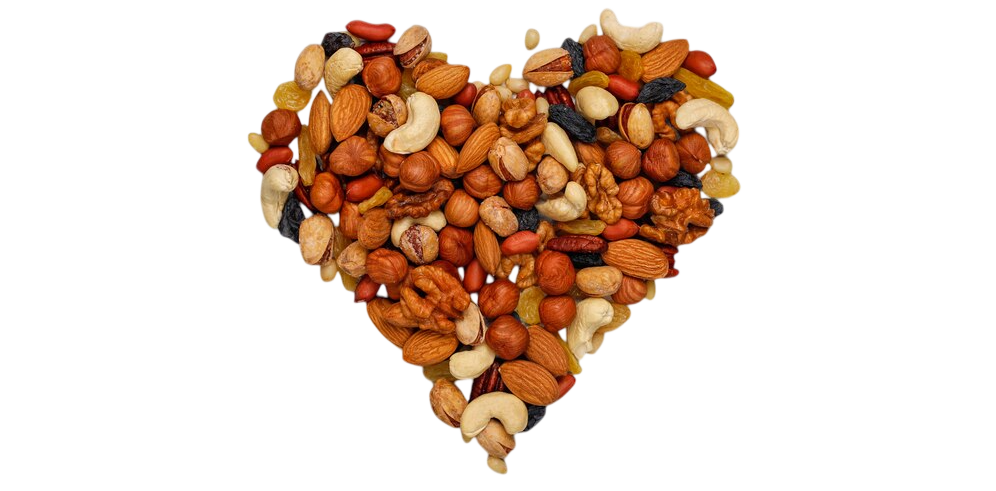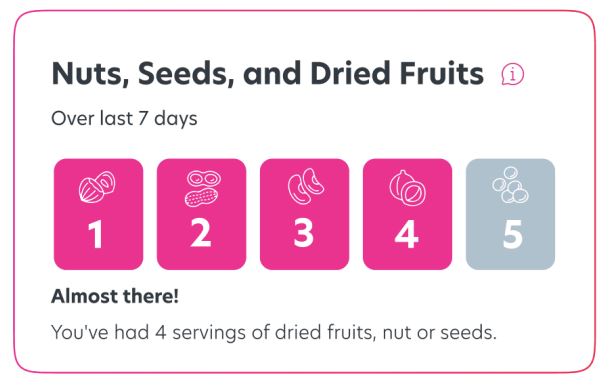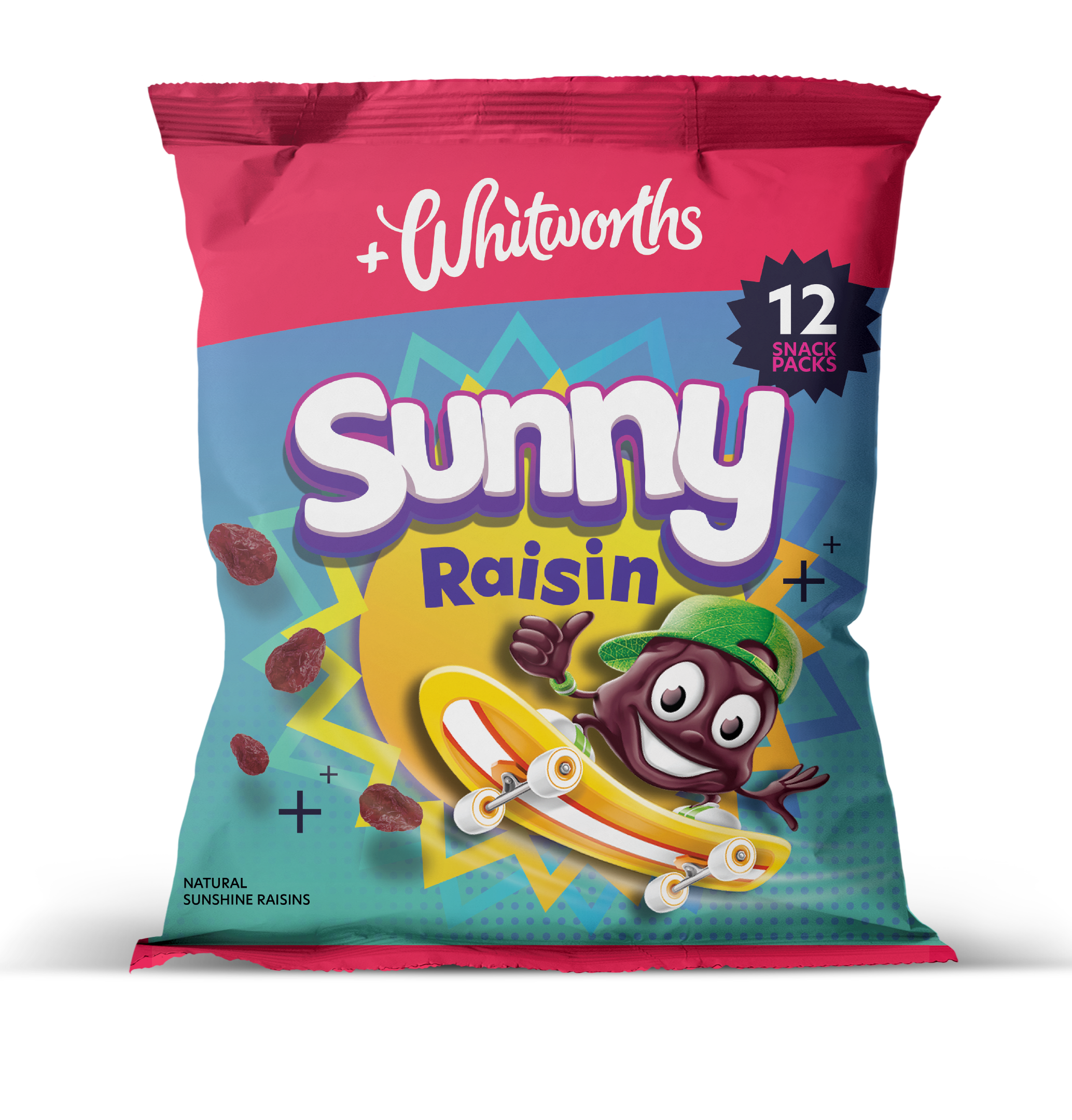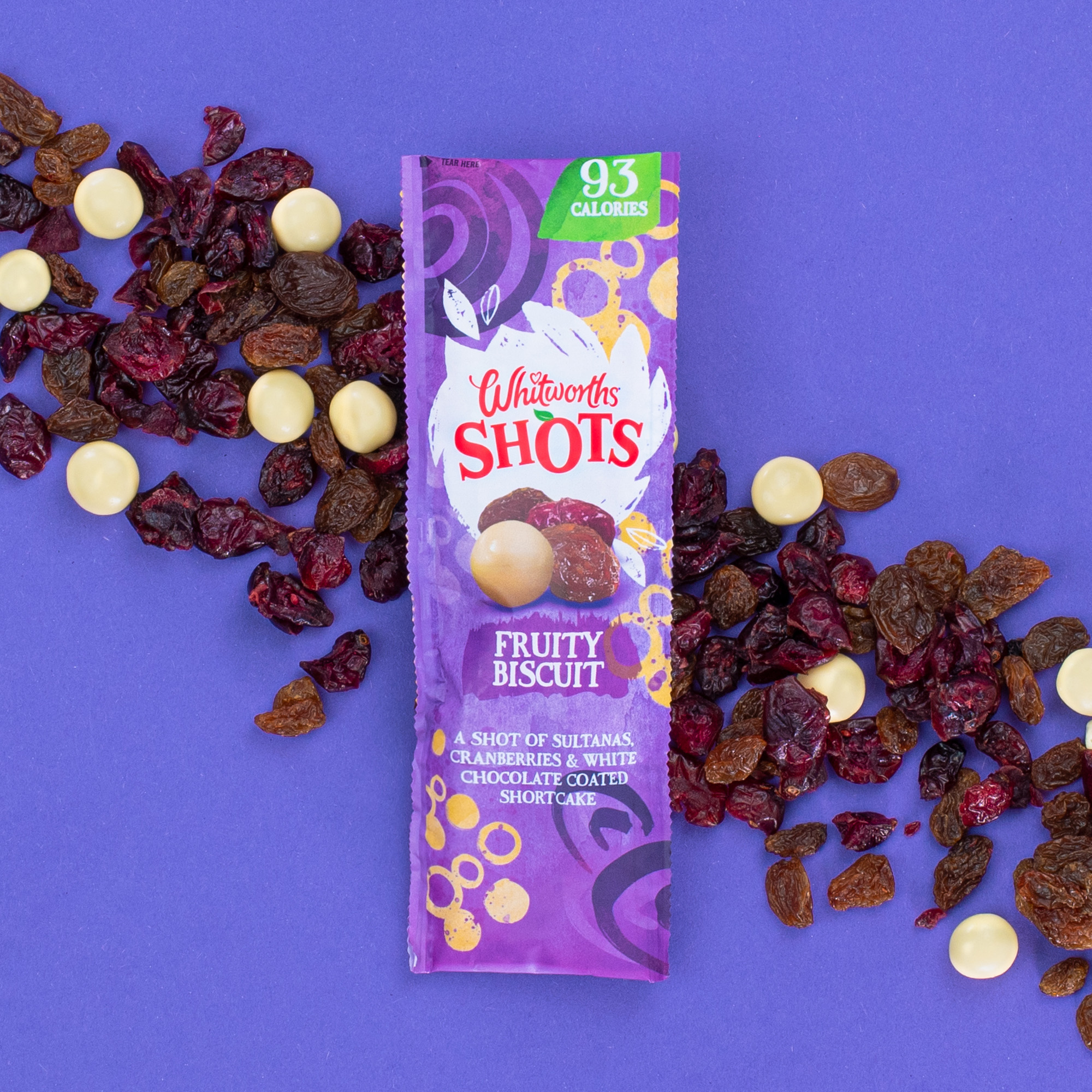Dried Fruits, Nuts and Seeds Percentages
What are the dried fruits, nuts and seeds percentages?
The dried fruits, nuts and seeds percentages express the amount of dried fruit, nuts or seeds contained within a product. These metrics help to show the amount of each of these items that are consumed in the diet and what products contribute to this intake.
What is impact of dried fruits, nuts and seeds?
Dried fruits: 30g of dried fruits counts as 1 portion of fruits for your 5-a-day recommended intake. Dried fruits contain compounds with antioxidant effects which may have health benefits as well as containing fibre which is an essential part of dietary intake.
Nuts: Nuts are often high in calories but nutrient dense. Nuts contain proteins and unsaturated fats alongside a range of vitamins and minerals. Although high in fat, these tend to be unsaturated fats which can help increase LDL (good) cholesterol levels.
Seeds: Seeds contribute to vitamin intake, are rich in fibre and are easily added into the diet through foods such as granola, cereal bars and salads. For example sesame seeds found in dishes such as sesame chicken, contain vitamin B6 which aids in making red blood cells and immune function.
What are the sources of dried fruits, nuts and seeds?
Dried Fruit: A serving (30g) of dried fruit such as sultanas, dried cranberries, prunes or figs contribute to daily fruit intake.
Nuts: A serving of nuts such as almonds, peanuts, Brazil nuts, cashew nuts, hazelnuts, is around 30g. Nuts can also be consumed in the form of nuts butters such as peanut butter or almond butter.
Seeds: A serving of seeds (~30g) such as sesame, pumpkin, flax or chia seeds can be consumed on their own or be added to foods such as porridge, trail mixes, or savoury dishes

Where to find the dried fruits, nuts and seeds percentages:
Dried fruits, nuts and seeds percentages can be found in the DFNS tracker on the dashboard of the Smart Nutrition+ app.

Further Resources:
References:
National Health Service (2022). 5 A Day: what counts? Available at: https://www.nhs.uk/live-well/eat-well/5-a-day/5-a-day-what-counts/ [Accessed 18 September 2024].
Alasalvar, C. et al. (2023). Dried Fruits: Bioactive, effects on gut microbiota, and possible health benefits– An update. Nutrients, 15(7). https://doi.org/10.3390/nu15071611.
British Heart Foundation. Are nuts good for you? Available at: https://www.bhf.org.uk/informationsupport/heart-matters-magazine/nutrition/are-nuts-good-for-you
[Accessed 18 September 2024].
British Nutrition Foundation (2023). Vitamins and minerals. Available at: https://www.nutrition.org.uk/nutritional-information/vitamins-and-minerals/ [Accessed 18 September 2024].
Written By:
Lucy Clarkson, SENR Nutritionist and Database Support, myfood24.








 Back to knowledge library
Back to knowledge library